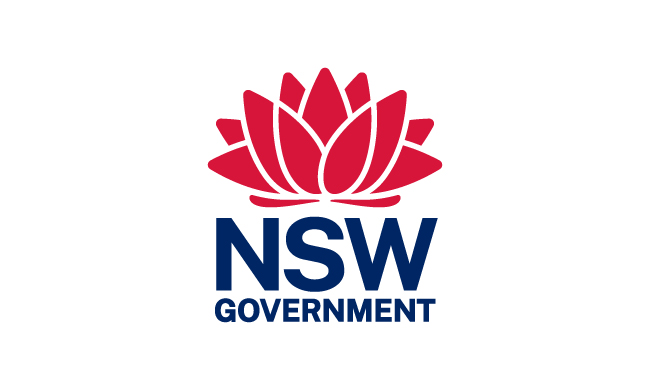Class 367 is the third record-breaking class to attest in 2025, proof that the Minns Labor Government’s reforms to police pay and recruitment are making inroads to rebuild the NSWPF after 12 years of neglect by the former Liberal-National…
Police recruitment hits new high as third record-breaking class attests in Goulburn
